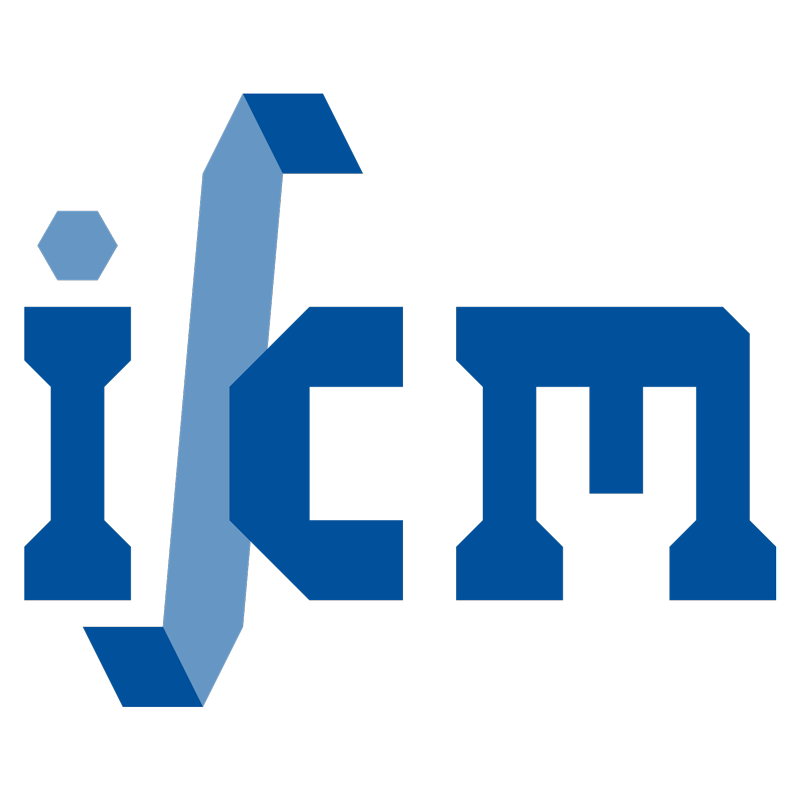At the Institute of Continuum Mechanics (IKM), the Thermodynamic Topology Optimization (TTO) is one of the many research areas. Here, the geometry (topology) as well as the (local) material properties are optimized for given boundary value problem, e.g. mechanical load cases. The numerical analysis of the boundary value problem, e.g., via the finite element method or the virtual element method, is essential. Thus, various numerical methods are investigated at IKM to develop stable and computationally efficient methods for optimization.
The focus of TTO can be divided into several disciplines. Numerous applications can already be derived from the material behavior. At the IKM, hyperelastic, plastic and anisotropic materials, such as fiber-reinforced materials with direction-dependent properties and different properties under tensile and compressive load, are included in the TTO. Also the combination of multiple materials is possible.
Last but not least, TTO is also used at our institute in additive manufacturing. On the one hand, this allows simulated structures to be compared with a real experiment. On the other hand, manufacturing restrictions within the various additive manufacturing processes can also be analyzed on site and included into the TTO.




















